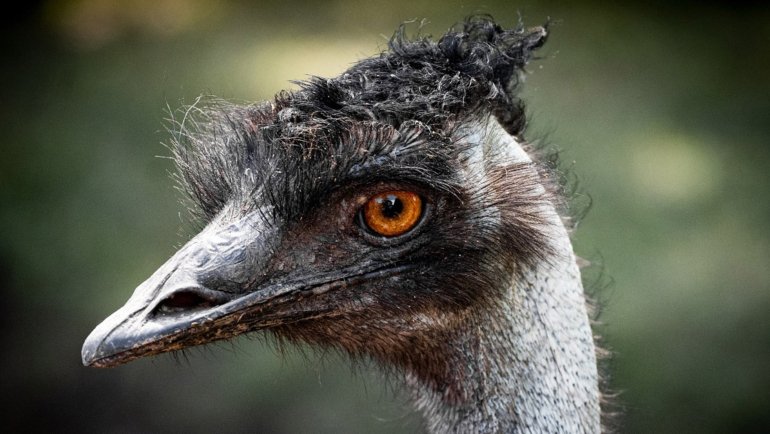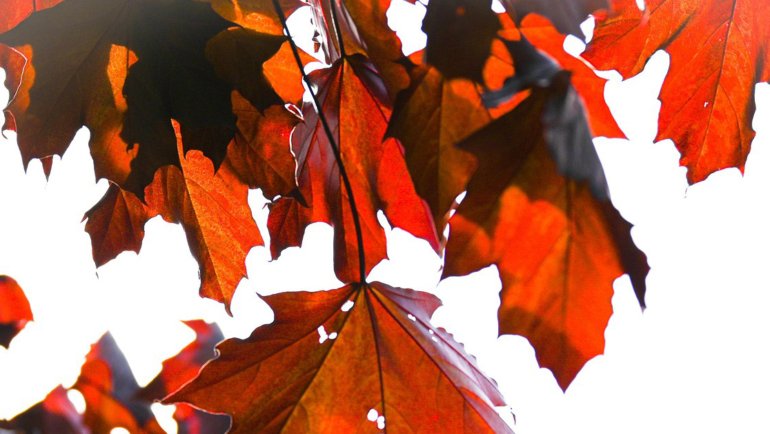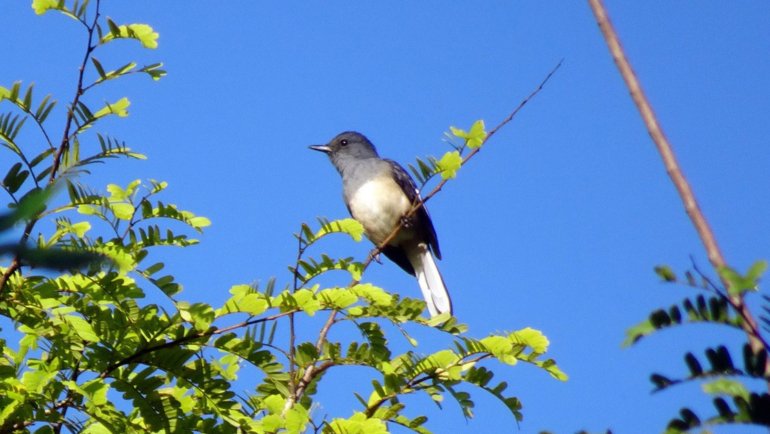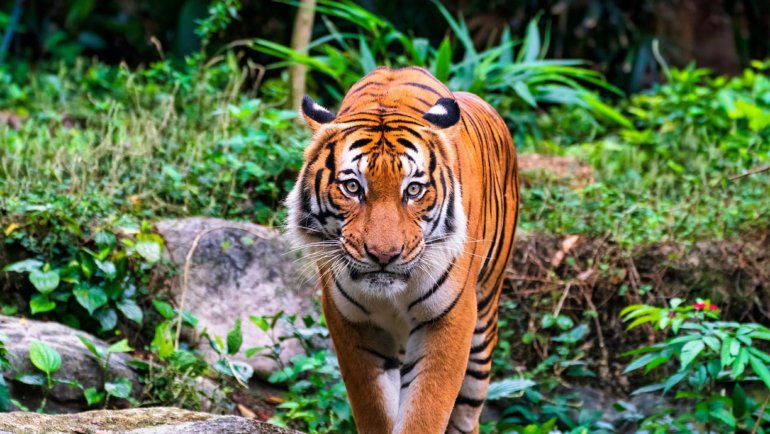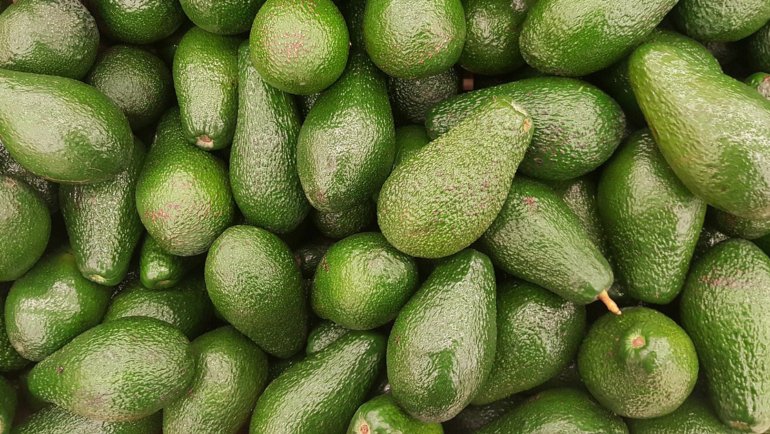Pakistan, a nation known for its diverse landscapes, rich history, and unique culture, is home to a multitude of indigenous fauna, one of which stands out due to its symbolic significance and captivating beauty: the Chukar Partridge.
As you journey through this article, you’ll discover why this ground-dwelling bird, said to be smitten by the moon’s allure, embodies passion, tradition, and the resilience of Pakistan’s natural heritage.
Did you know that the Chukar’s call has charmed many to liken it to a melodious tune, earning it a name related to ‘sugar’? Dive in to find out more about this fascinating bird.
Quick Info About The Chukar Partridge
| Scientific Name: | Alectoris chukar |
| Average Size: | 13-15 inches (33-38 cm) |
| Average Wingspan: | 20-21 inches (50-53 cm) |
| Average Weight: | 17-24 oz (480-680 g) |
| Average Lifespan: | 3-5 years in the wild |
| Geographical Range: | Pakistan, southern Europe, the Middle East, parts of India, and China |
| Habitat: | Rocky uplands, open hillsides, mountainous terrains |
| Conservation Status: | Least Concern (IUCN Red List) |
Meet The Chukar Partridge, National Bird of Pakistan
With its stocky build, the Chukar Partridge boasts an attractive appearance characterized by a blend of grey, black, and white plumage. Its striking black band that runs across its eyes, juxtaposed with the white face and throat, creates a distinctive look that’s hard to miss. Males, though similar to females in coloration, are slightly larger and exhibit more pronounced hues, making them more conspicuous.
The Chukar is primarily a herbivore, foraging on the ground for seeds, grasses, and some insects. This diet positions it as a primary consumer in the ecosystem.
However, it’s not all easy-going for this bird. Predators like foxes, wildcats, and large birds of prey are always on the lookout for a meal, placing the Chukar Partridge in the middle of the food chain. Despite being ground-dwelling, it’s not defenseless; when threatened, it can take to the skies in rapid, direct flights, evading its pursuers.
But the Chukar’s role in the ecosystem isn’t limited to being prey or consumer; its foraging habits aid in seed dispersal, promoting plant growth and diversifying the landscape. Its nests, though simple ground scrapes, can change soil composition and provide microhabitats for smaller organisms.
Resilient, striking, and integral to its environment, the Chukar Partridge is a true embodiment of Pakistan’s rich natural world.
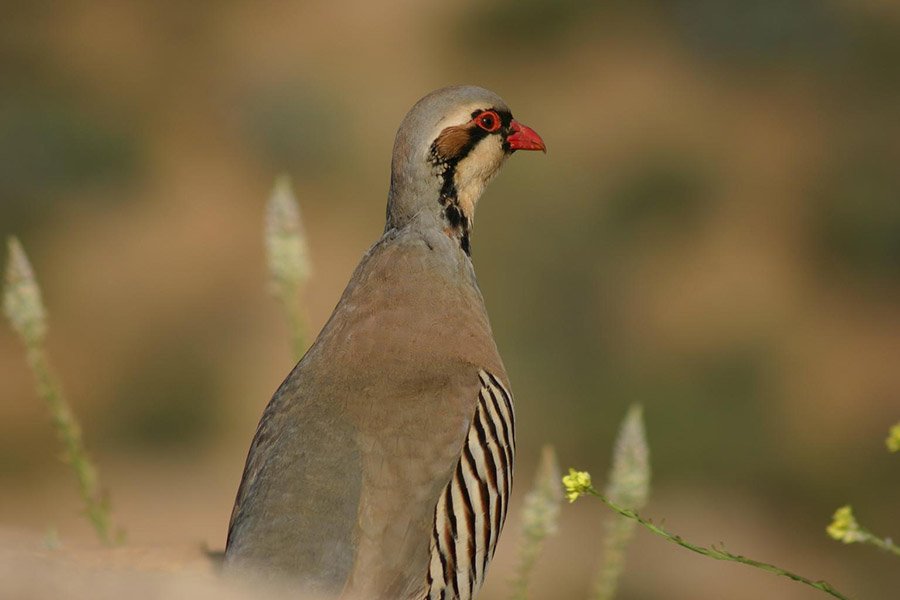
Where Does The Chukar Partridge Live?
The Chukar Partridge is perfectly suited to the rugged landscapes it inhabits. Native to rocky regions of Pakistan, this bird thrives in open hillsides, stony terrains, and scrub-covered mountains.
The terrain may seem inhospitable to many, but for the Chukar, it provides ample ground cover and an abundance of seeds and grasses to feed on.
In Pakistan, the Chukar Partridge finds its home in specific regions such as Gilgit-Baltistan, Khyber Pakhtunkhwa, Balochistan, and Punjab. Whether it’s the flat plains or the steep elevations up to 4,000 meters in the mountains, the bird’s adaptability shines through.
While its original geographic range also includes parts of southern Europe, the Middle East, India, and China, the habitats are largely similar: rugged terrains with an abundance of rocky outcrops.
Why and When Did The Chukar Become The National Bird of Pakistan?
Declared as the national bird in 1985, the Chukar Partridge holds a special place in Pakistan’s history and culture.
Beyond its striking appearance and captivating call, it symbolizes intense and often unrequited love, particularly with its association of gazing incessantly at the moon. This portrayal of passionate love, as found in many North Indian and Pakistani traditions, resonates deeply within the country’s cultural narratives.
The Chukar has been an integral part of the region for centuries, playing roles in artwork, literature, and poetry. These depictions serve as a testament to its entrenched position in Pakistan’s cultural and natural heritage. Its declaration as the national bird not only celebrates its cultural significance but also underscores Pakistan’s commitment to conservation and the preservation of its rich biodiversity.
There haven’t been any major controversies regarding its designation. However, while the practice of raising Chukars for hunting purposes due to their resilient nature is popular in some areas, it is considered illegal, leading to some debates between traditional hunting practices and modern conservation laws.
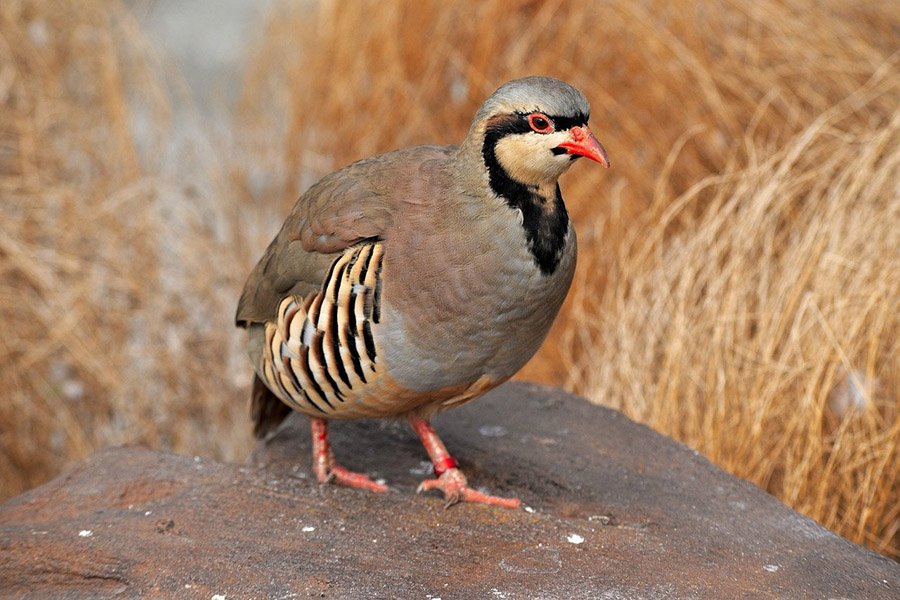
Where is The Chukar Featured in Pakistan?
While the Chukar Partridge doesn’t grace the national flag or banknotes of Pakistan, its presence is deeply felt in the nation’s culture. The bird has been referenced in countless poems, songs, and stories, often symbolizing unattainable or forbidden love.
The Chukar’s name, often used as a term of endearment, has become synonymous with passion and longing in regional literature and folklore.
Furthermore, the bird’s association with the Pakistan Air Force, through the symbolic representation of the Shaheen Falcon, reinforces the country’s admiration and respect for these avian wonders.
Names of The Chukar Partridge
The Chukar Partridge goes by many names that resonate with the culture and tradition of various regions. The most common name used in Pakistan is “Chakor” or “Cheer”. The term “Chakor” in Urdu is believed to be derived from the Persian word “Shakar”, translating to “sugar”. This name might hint at the bird’s melodious call that sounds as sweet as sugar.
In different parts of its native range, it’s recognized by various names:
- “Keklik” in Turkey
- “Skalár” in Greece
- “Kaukār” in Iran
- “Chaqur” in Kyrgyzstan
Locally, it is often affectionately referred to in songs and poetry, indicating its integral role in regional cultural expressions.
Is The Chukar Partridge Endangered?
Currently, the Chukar Partridge is listed as “Least Concern” on the IUCN Red List. This means the species is not immediately threatened by extinction. However, in areas where they are heavily hunted or where their habitat is degraded due to human activities, local populations can be at risk.
In Pakistan, despite being revered, they are sometimes raised for hunting, especially considering their resilient nature. This practice, though illegal, poses a potential threat to the bird’s population.
Conservation efforts in Pakistan are mostly in the form of hunting regulations and habitat preservation, ensuring that the Chukar Partridge continues to grace the Pakistani landscapes for generations to come.
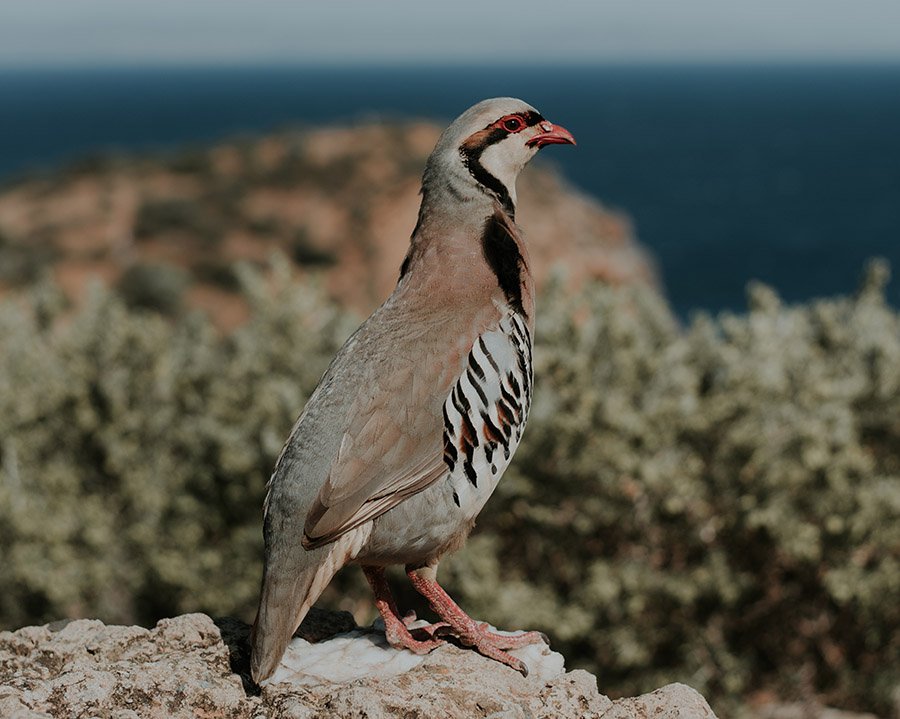
Interesting Facts About The Chukar Partridge
- Moonstruck Lover: The Chukar Partridge is often associated with being deeply in love with the moon. This romantic lore describes the bird as gazing longingly at the moon throughout the night, embodying the essence of passionate, albeit unrequited, love.
- Distinct Call: Its call is a high-pitched series of whistles that sound surprisingly melodious, leading some to believe its name “Shakar” (sugar) denotes its sweet-sounding call.
- Pugnacious Nature: Especially during the breeding season, the Chukar becomes notably aggressive. This pugnacity is so pronounced that in some areas, they are kept as fighting birds.
- Adaptable Diet: The Chukar Partridge primarily feeds on a range of seeds, but it’s also known to consume insects, especially during the breeding season, to cater to its increased protein needs.
- Role in Art and Literature: The Chukar has inspired countless poets, writers, and artists. From romantic ghazals to classical paintings, the bird often symbolizes deep longing and unfulfilled desires.
Other Beautiful Birds Native To Pakistan
Pakistan, with its diverse landscapes ranging from vast deserts to towering mountain ranges, is home to a myriad of bird species. Some other notable birds that inhabit the region include:
- Shaheen Falcon (Peregrine Falcon): Serving as a symbolic icon for the Pakistan Air Force, the Shaheen Falcon is known for its breathtaking diving speed and precision.
- Himalayan Monal: With its iridescent plumage, this bird is a sight to behold and is mainly found in the northern mountainous regions of Pakistan.
- Sindh Sparrow: Native to the Sindh region, this sparrow is unique to Pakistan and parts of western India.
- Grey Francolin: Often found in grasslands and open fields, its distinct call can be heard particularly during the dawn and dusk.
- Pakistan Sunbird: This nectar-feeding bird is a delight to watch with its bright colors and swift movements.
What Is Another National Animal of Pakistan?
Pakistan’s national mammal is the Markhor, a wild goat species with twisted horns that can grow up to 5 feet in length. Known for its majestic appearance, the Markhor is primarily found in the northern and western mountainous regions of Pakistan.
The name ‘Markhor’ is believed to be derived from two Persian words: ‘mar’, meaning snake, and ‘khor’, meaning eater. This name possibly refers to the species’ ability to kill snakes or might just reflect the twisty, snake-like appearance of its horns. The Markhor plays a significant role in the ecosystem, helping control the vegetation by consuming various plants.
Conservation efforts have been intensified in recent years as the Markhor faced threats from habitat loss and hunting. However, with concerted efforts, its numbers have started to rise, offering a beacon of hope for wildlife enthusiasts and conservationists.
Frequently Asked Questions
Why is the Chukar Partridge considered the national bird of Pakistan?
The Chukar Partridge, deeply ingrained in the cultural and historical heritage of the region, symbolizes intense love and passion. Its presence in art, literature, and folklore, along with its ecological significance, makes it a fitting emblem for Pakistan.
Where can one typically spot the Chukar Partridge in Pakistan?
The Chukar Partridge predominantly dwells in rocky terrains and is commonly found in regions like Gilgit-Baltistan, Khyber Pakhtunkhwa, Balochistan, and Punjab.
Are there any conservation efforts in place for the Chukar Partridge?
While the Chukar Partridge is currently not endangered, hunting regulations and habitat preservation measures are in place in Pakistan to ensure its continued survival.
Why is the Shaheen Falcon significant to Pakistan?
The Shaheen Falcon, known for its incredible speed and precision, serves as a symbolic icon for the Pakistan Air Force. It represents agility, strength, and grace.
What’s the significance of the Markhor’s name?
The name ‘Markhor’ is believed to be derived from Persian, with ‘mar’ meaning snake and ‘khor’ meaning eater. This could symbolize the Markhor’s purported ability to kill snakes or merely reflect the twisty, snake-like appearance of its horns.
